BYD Seal: Design
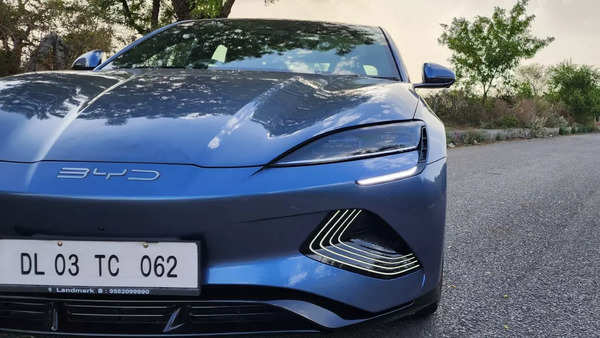
Speaking of the design of the Tesla Model 3 rival, it boasts a sleek, ocean-inspired design with aerodynamic lines and a drag coefficient of just 0.21. It boasts attractive features such as a coupe-inspired all-glass roof, integrated door handles and four distinctive boomerang-shaped LED daytime running lights. The headlights are very elegant and give the front fascia an overall aggressive look.
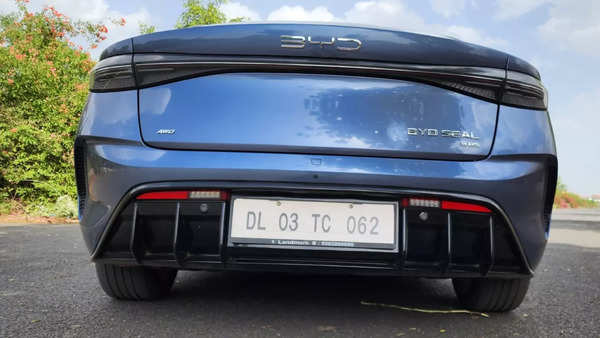
There is a stunning LED airy bar at the rear that complements the overall look of the car. Eye-catching 19-inch alloy wheels with a petal-like appearance add to its attractiveness.
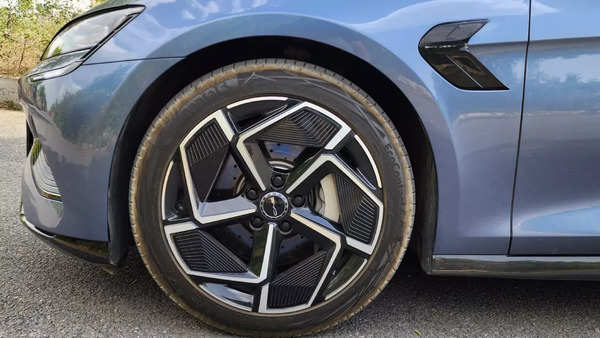
BYD Seal: Interior i characteristics
Now, when you step into the cabin, you’re greeted by a 10.25-inch digital instrument cluster, a 15.6-inch touchscreen infotainment system, a head-up display and plush, velvet interior materials. While having a expansive infotainment system is certainly great, I find it inconvenient that part of it gets blocked by the steering wheel while driving. Nevertheless, BYD engineers seem to have anticipated this problem earlier and came up with a solution: a switch located on the steering wheel that allows the screen to be easily rotated, transforming it into a vertically stacked unit in the blink of an eye.
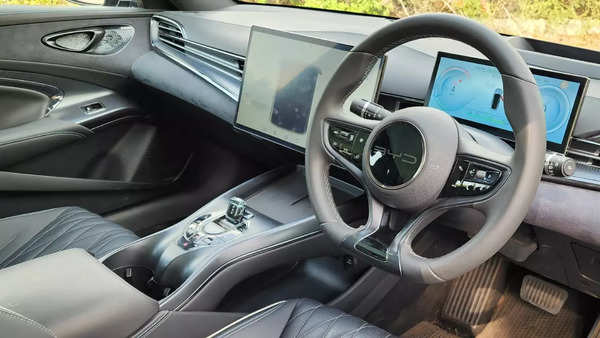
On the center console, you’ll notice the influence of the ocean thanks to the crystal drive selector. Additionally, there are controls for climate management, as well as functions such as ADAS and traction modes. Here you can select and view driving modes such as Eco, Sport and Normal. The panoramic roof, although permanently installed, provides a spectacular view of the sky. It also comes with dual wireless charging trays that allow you to charge two devices simultaneously with 15 watts of power each. Overall, it is obvious that the Chinese manufacturer has equipped this vehicle with many features.

While the wealth of features is impressive, some aspects such as screen integration and user interface could be more intuitive. Additionally, the quality of the plastics in some areas, especially the lower part of the dashboard, leaves room for improvement, but overall the car provides a comfortable and expansive ride, with plenty of leg and headroom in both the front and rear seats.
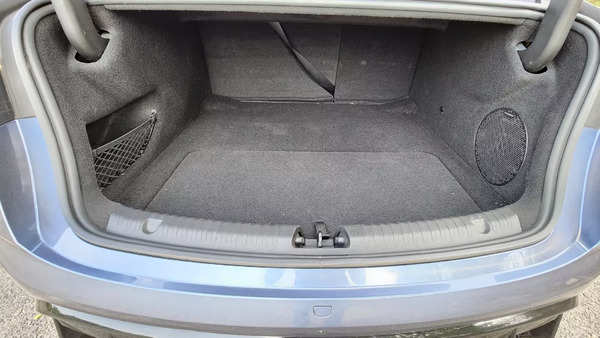
Other notable features include an electronically adjustable driver’s seat with memory functions, dual-zone automatic climate control, ventilated and heated seats, and more. So if we put aside the minor issues, the Seal really impresses with its feature-rich cabin and excellent value for money, making it a formidable competitor in the electric car market.
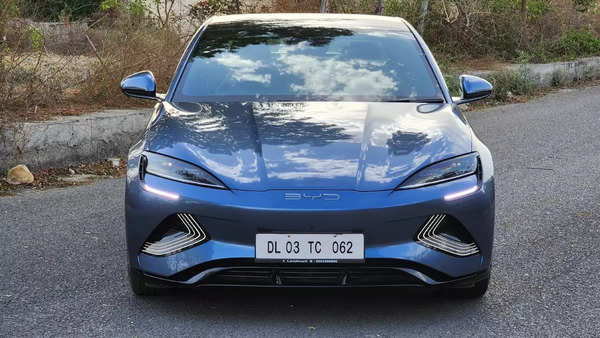
Additionally, the Seal is equipped with an Advanced Driver Assistance System (ADAS) that includes basic safety features such as Lane Departure Warning and Prevention, Adaptive Cruise Control, Lane Keeping Assist, Forward Collision Warning System, Cross Traffic Alert, Emergency Braking Assist and blind spot assistant. It also has 10 airbags and has already achieved an excellent 5-star rating in EuroNCAP tests.
BYD Seal: Driving Experience
And now we come to the most crucial thing – how does Seal drive? Well, the BYD SEAL is equipped with an 82.56 kWh lithium-ion battery, which the company calls the “Blade battery” and claims that it is a better version of lithium-ion batteries because it is safer, withstands higher temperatures, is designed to to withstand accidents and is more environmentally amiable.
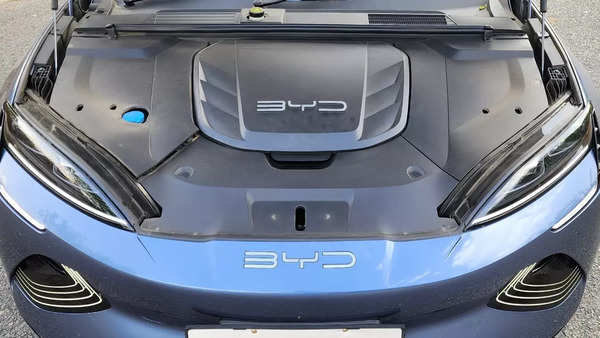
But when it comes to power, well, if you’re talking about an electric motor, z efficiency the variant we drove develops just over 520 HP and a gigantic 670 Nm of torque. It darts off the line without hesitation, and thanks to the all-wheel drive it is able to effectively transfer all the power to the ground and get a very good start. During our test drives, the car easily accelerated from 0 to 100 km in 3.8 seconds, as shown by the system computer.
As for on-road driving, well, the Seal is quite a fun car to drive if you’re just looking for speed and acceleration. It has very good acceleration and the best thing is that the power does not drop like in many electric vehicles. So even if you are driving at 140 km/h and need more power, it will still accelerate very strongly from 140 km/h. So power is something you will never feel, at least in the performance variant.
And well, like I said, it’s quite fun to drive, acceleration is good, no noise, which is what you’d expect from an electric vehicle. Plus, if I talk about handling, well, that’s a convoluted part because for something that goes that brisk and brisk, you need good handling and good braking. Fortunately, the brakes work well. The seal stops quickly and calmingly. However, as with many regen-equipped cars, the brake pedal is barely noticeable, but that’s something anyone can live with. Apart from that, when it comes to handling, the car has a lot of grip thanks to the AWD drivetrain. The tires also provide good grip, but have quite a bit of roll.
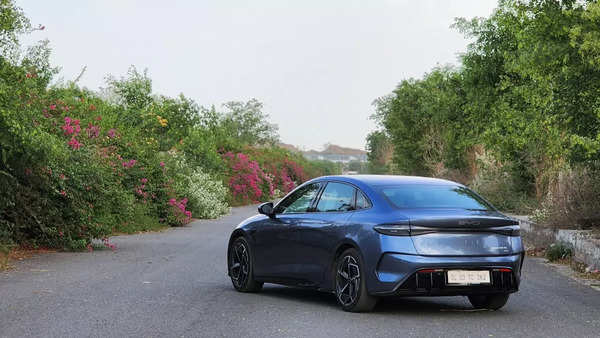
So this is a car that can handle all that power and speed, but also likes to go brisk in a straight line. If you’re looking for a sporty performance oriented car, well that’s not the point, it wasn’t built for that purpose. But if you’re looking for a car that’s practical, one that you can drive every day, carry 4 people and still have fun with, then that’s exactly what the Seal does very well.
BYD Seal offers three variants. The base option, the Active trim, offers a 61.44 kWh battery paired with RWD rear-wheel drive, priced at Rs 41 lakh, ex-showroom. The upgraded Premium version comes with an 82.5 kWh battery and RWD drive, available at Rs 45.55 lakh, ex-showroom, offering enhanced performance and range. For those looking for top-notch performance, the top-end variant comes with an impressive 82.56 kWh battery and all-wheel drive (AWD), available at a price of Rs 53 lakh, ex-showroom, ensuring exceptional power delivery and traction .







